The Carry Home
Lessons from the American Wilderness
Gary Ferguson’s book is a haunting meditation on wilderness, conservation, and grief by the critically acclaimed nature writer in his most intimate, riveting book yet. Gary writes from personal experience about the outdoor life he shared with his wife, Jane, who died tragically in a canoeing accident in Ontario in 2005, and the mending, uplifting power of nature. Confronting his loss, Gary set out to fulfill Jane’s final wish: the scattering of her ashes in five remote, wild locations they loved.
This excerpt is from the start of the memoir:
It was hard for us to keep up with all the ways the boomers were hugging the remote corners of the American wild. By ski and backpack, horse and raft and mountain bike, in harness on the faces of mountains, dangling from climbing ropes. And while we tried most all of it, canoeing had a special place in our hearts. It was a good-sense way of traveling in the American West, a region where everything kneels at the river: elk and deer and grizzly and eagle and osprey, raccoon and wolverine and mountain lion, kingfishers and dippers and giant rafts of chattering ducks and geese. To be quietly afloat was to brush against secrets, where you saw things other creatures never meant for you to see.
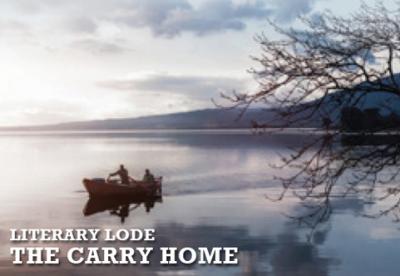
When we were backpacking, we were two people sharing a single journey. But in a canoe, we danced: the person in the back of the boat setting the general course, the one in the front refining it, especially in whitewater, cueing the rear paddler to obstacles by her choice of draw stroke or sweep or pry. Early in our marriage we’d been to Audubon Camp of the West outside Dubois, Wyoming; one evening, we saw a couple in their eighties canoeing down the Wind River. Their paddling was magic, as graceful and efficient as humans are allowed to be, getting down the river with almost no strokes at all. Only occasionally would the old man’s wooden paddle flash in the stern—a slight, quick movement at just the right moment, matched exactly to the choices made by the old woman sitting in the bow. Jane and I turned to each other and smiled. We wanted to be like them some day.
This part takes place near the conclusion in their beloved Yellowstone Park:
On first planning this trip, I’d intended to have the last scattering just west of the main Lamar Valley. But on that last morning, it just didn’t feel right. I found myself wanting to be farther upstream, within view of the old Buffalo Ranch, where Jane had worked as a ranger for so many years. The place where, in the 1830s, the wonderfully literate trapper Osborne Russell laid down on his elbow beside the Lamar River, writing in his journal how he wished he could remain there for the rest of his days…
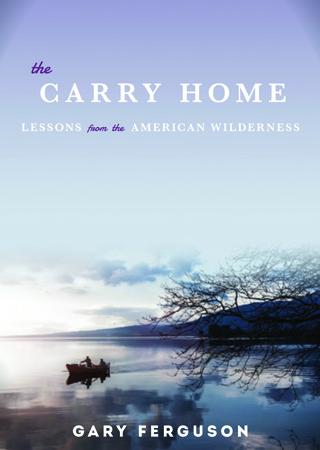
It’d been raining off and on all through the night, but by dawn, most of the storm had moved on, leaving only gray sky. We hit the trail before seven, strolling out of the campground and then up the highway, the air filled with the smells of Yellowstone: wheatgrass and patches of Douglas fir, sagebrush and bison dung and an occasional whiff of sulfur. On reaching the west end of the valley, we descended to the Lamar River, traded hiking boots for water sandals, then forged across the sixty-foot-wide flow to a small delta on the south side. Once I settled on a spot for the ceremony, Doug [Smith] pointed out that I’d chosen a place exactly halfway between a bald eagle nest and an osprey nest. Just up the valley was the Buffalo Ranch, so-named for having served as cowboy central in the early 1900s for the effort to bring wild bison back from the edge of extinction. It would later become a cluster of restored cabins, a cookhouse, and a classroom. And for parts of seven years, it had been Jane’s home away from home.
She and I had been off and on in Yellowstone for 23 years, and for the last 18, Yellowstone had been just beyond our back door. The place soaked into us slowly, revealing some new weave in every season: on top of mountains, in the bottom of canyons, in the swells of these savannah hills. Over the years, we’d left the roads with our packs on and waded knee-deep across rivers, eaten dinner in the shade of lodgepole forests, slept with grizzlies. And as time passed, we’d come to revere this park: the curious look of earth pushing out big pours of boiling water; the spring light on the sage fields of Lamar; the fluty ring of bugling elk in the fall. Even the smells were oddly filling—sometimes like black pepper and lemon peels; sometimes like eggs and toast.
* * * *
It was a brilliant finish. In part, I believe, because there’s no place on earth like Yellowstone’s Lamar Valley. It was here that the American bison was nursed back from the brink of extinction. And here too that, a century later, wolves would take their first steps back into the wild, after being absent for some seven decades. Both run free today, loping or howling or snoozing amidst eagles and ravens and grizzlies and otter and fox. It’s in the Lamar, too, that every May, pronghorn fawns, as well as bison and elk calves, are born, the latter by the hundreds—babies rising on wobbly legs, soon to walk, then to run.
When she was working for the Park Service nature school, this was where Jane could be found most every morning, especially during the month of May—an eager woman surrounded by eager children. There she and her students would stand huddled against the chill, staring across these meadows, whispering and gasping and giggling. And every now and then, just looking at one another wide-eyed, feeling lucky. Knowing what a good thing it was to be smack in the middle such a wild place. Chosen ones, they were, witnessing for the whole world that unforgettable spill of new beginnings.
Copyright 2014 by Gary Ferguson, published by Counterpoint Press, Berkeley
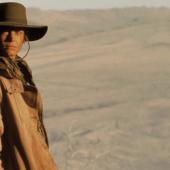
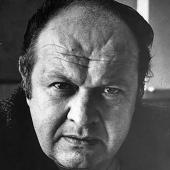
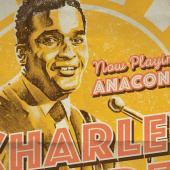
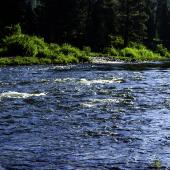

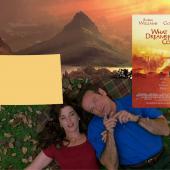
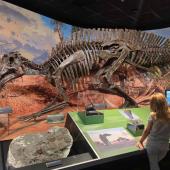
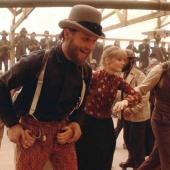
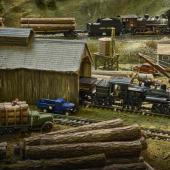
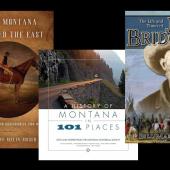

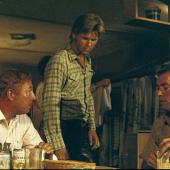
Leave a Comment Here